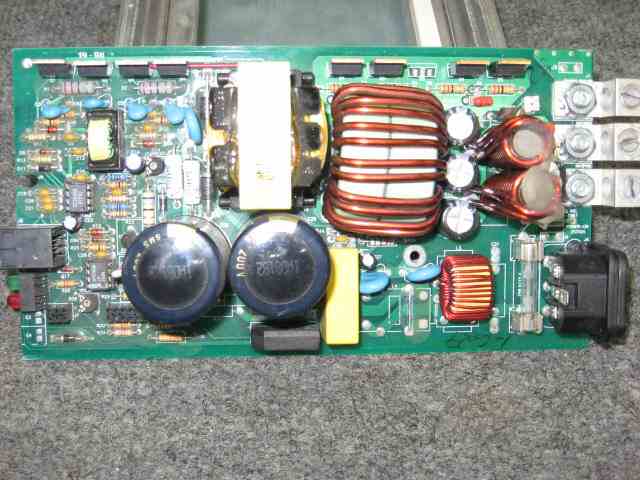Posted: June 06, 2009 at 4:13 PM / IP Logged
Posted: June 07, 2009 at 7:00 AM / IP Logged
Posted: June 07, 2009 at 9:37 AM / IP Logged
Posted: June 07, 2009 at 9:58 AM / IP Logged
Posted: June 08, 2009 at 12:30 AM / IP Logged
Posted: June 08, 2009 at 6:13 AM / IP Logged
Posted: June 08, 2009 at 10:36 PM / IP Logged
Posted: June 08, 2009 at 10:43 PM / IP Logged
Posted: June 09, 2009 at 7:39 AM / IP Logged
Posted: June 09, 2009 at 8:37 AM / IP Logged
 Printable version
Printable version


| You cannot post new topics in this forum You cannot reply to topics in this forum You cannot delete your posts in this forum You cannot edit your posts in this forum You cannot create polls in this forum You cannot vote in polls in this forum |

| Search the12volt.com |
Follow the12volt.com 
Sunday, November 23, 2025 • Copyright © 1999-2025 the12volt.com, All Rights Reserved • Privacy Policy & Use of Cookies


Sunday, November 23, 2025 • Copyright © 1999-2025 the12volt.com, All Rights Reserved • Privacy Policy & Use of Cookies
Disclaimer:
*All information on this site ( the12volt.com ) is provided "as is" without any warranty of any kind, either expressed or implied, including but not limited to fitness for a particular use. Any user assumes the entire risk as to the accuracy and use of this information. Please
verify all wire colors and diagrams before applying any information.












 The bridge can't be connected to the primary side of the transformer. That is indeed the low voltage side of the circuit. Also, your description of millivolts on the DC legs of the bridge sounds to me like an open bridge. I think that's your defective component...
If there is no voltage present at the primary side of the transformer, (is that the case, or did I misread somewhere?) I expect there might be a thermal fuse gone off somewhere. They are commonly shaped like a small bullet, with a resin "nosecone" and a metal tube body, and the ends attached to relatively heavy gauge leads.
The bridge can't be connected to the primary side of the transformer. That is indeed the low voltage side of the circuit. Also, your description of millivolts on the DC legs of the bridge sounds to me like an open bridge. I think that's your defective component...
If there is no voltage present at the primary side of the transformer, (is that the case, or did I misread somewhere?) I expect there might be a thermal fuse gone off somewhere. They are commonly shaped like a small bullet, with a resin "nosecone" and a metal tube body, and the ends attached to relatively heavy gauge leads.

